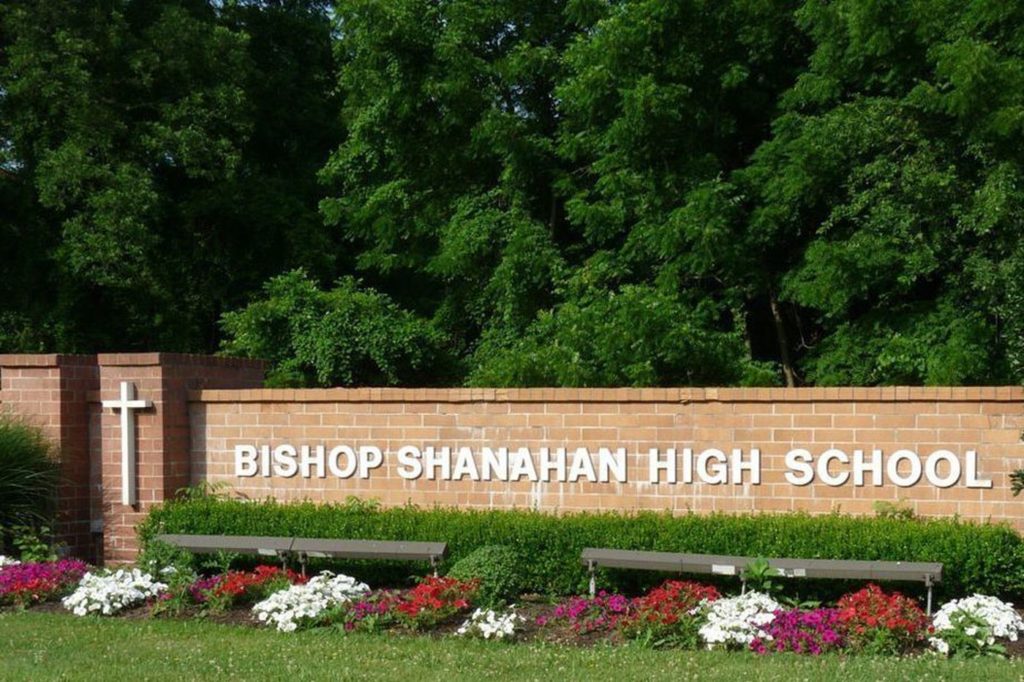Amelia Cabral ‘22 | Gianna Cilluffo ‘22 | Abigail Gallo ‘22

Teenage suicide rates have been steadily increasing. Although it may seem like a major problem nationally, it’s hard to conceptualize events like this in our community. According to a Philadelphia Inquirer issue from the spring of 2019, “Suicide now is the second-leading cause of death among teenagers.”
This same article states, “Research shows that in communities where someone kills themself—whether it’s a school, military unit, or close-knit town—everyone else is more at risk for suicide too. In recent years, clusters of suicide deaths have been seen in schools across the country.”
This past year, Downingtown East suffered through the emotional turmoil that surrounds a student’s suicide and its repercussions in a community. In the span of 11 months, four current and recently-graduated students took their own lives.
In the EA community, drugs and mental health are at the forefront of the school’s thinking. Episcopal takes multiple measures such as providing time to talk about these issues, bringing people from outside of school to share their experiences and informing students about depression, anxiety, suicidal thoughts, and prevention. “We have a lot of resources that we can go to,” says Glenn Allen Thomas ’22. One initiative is the freshman discussions during advisory.
Nicole Chaikin, the Upper School Psychologist, explains that, “If an event such as this were to take place, we would evaluate the situation and move from there. In situations as complex as this, there’s no ‘one size fits all’ plan, but EA does have a team that has put a lot of effort and intention into making sure students are getting the help they need.”
Not all schools are willing to address such a controversial topic, but in doing nothing they could potentially make the problem worse. Bishop Shanahan High School lost a student four years ago. Sources say that a possible motive might have been bullying as a result of reporting his peers for drug use at Shanahan.
Being a Catholic parochial school, the administration offered thoughts and prayers, but as put by Michaela Devlin, BSHS ‘19, “Nothing was said about mental health… they only started being stricter with the drug stuff.”
Devlin believes that it may have been the family’s decision for the suicide not to be mentioned in the context of their son, but Shanahan students think there should have been more of a discussion concerning the factors that contributed to and could have prevented suicide of any student. “I do think more could have been done as a result of the situation, and at the very least it should have created more of an open conversation. Instead it kind of did the opposite,” Devlin explains.
By seeing how other schools handle mental health issues and staying up-to-date on training and new approaches, Episcopal has developed its own strategy. Chaikin states, “All Upper School faculty completed suicide prevention training over the summer.” She continues, “If a student has a question or a concern, it is perfect for them to come in and talk to me about it. There is no problem too big or too small, or right or wrong.”
The reality of teenage suicide is a hard one to face, but communities are constantly adapting new strategies to prevent such tradgedies. “The statistics scare us to death,” states Mr. Letts, Head of Upper School, “But we hope that the community trusts that if something like that were to happen, we [the administration] would handle it correctly.”
If you or someone you know has suicidal thoughts, call the National Suicide Prevention Hotline: 1-800-273-8255.
If you are concerned about a peer, talk to a faculty member or use the Safe2Say app.